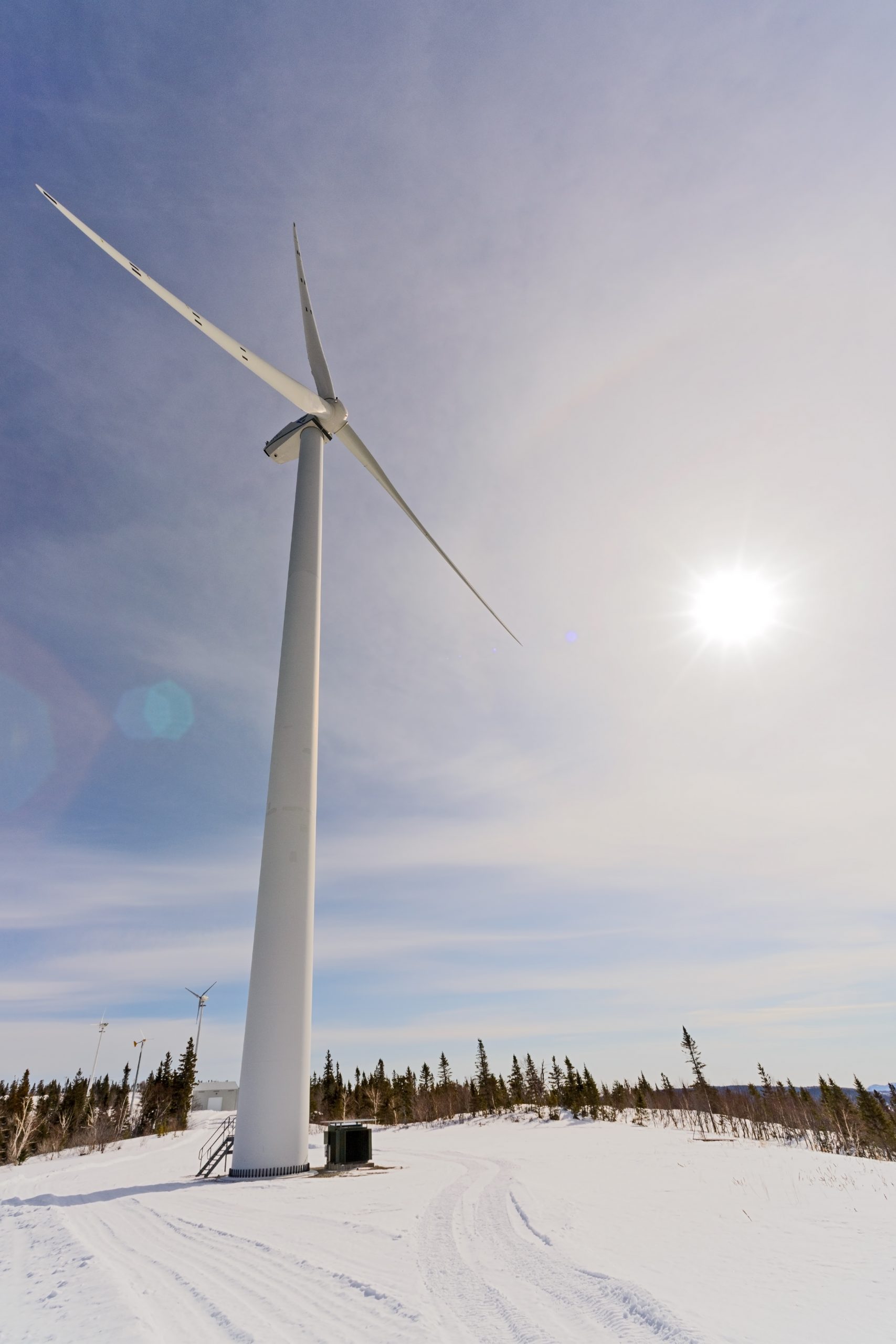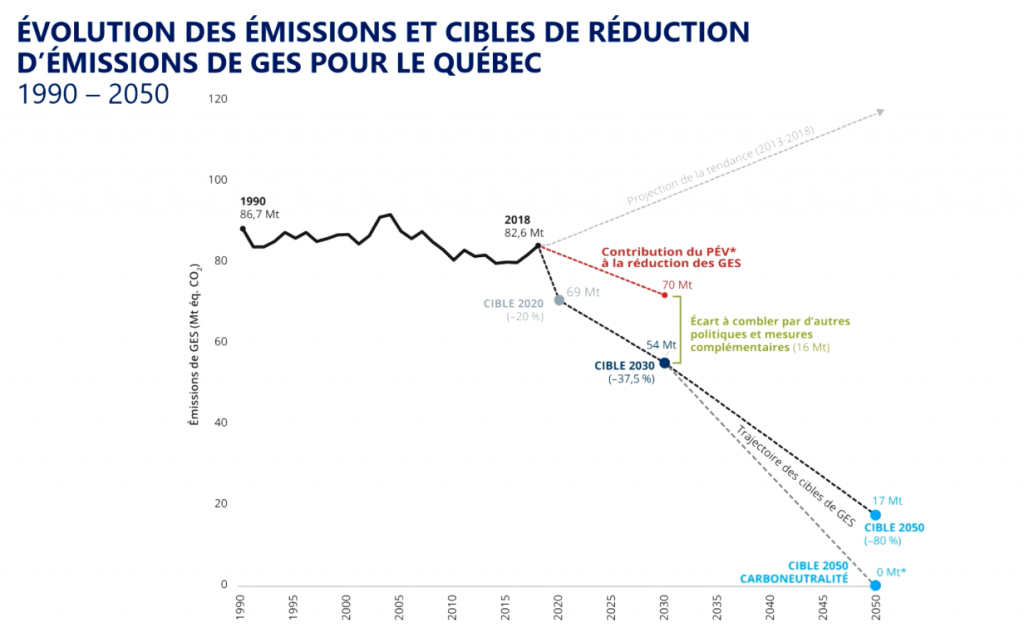Operations Summit (CanREA), Sommet Énergie and Release of État de l’énergie au Québec 2021.
Key Findings
Nergica participated in three renewable energy events, including two at the provincial level and one at the national level. Summary of the most important trends and opportunities that caught our attention in the first weeks of 2021.
Operations Summit
organized by the Canadian Renewable Energy Association (CanREA)
January 26-27, 2021
I. Grid reliability: a federal priority
According to Natural Resources Canada, grid reliability remains a high priority for the federal government. To view the national strategy, funded projects and the federal funds available to ensure cyber security for energy infrastructure, click here.
Moreover, in these times of prosumers, smart grids and artificial intelligence, it no longer suffices to simply provide energy. As Nicholas Miller of HickoryLedge LLC says: “There’s nothing ancillary about ancillary services.”
Renewables are an integral and necessary part of electric grids and ancillary services must be considered essential.
II. Decommissioning of end-of-life wind and solar assets based on circular economy considerations
The issue of wind and solar farm decommissioning is becoming increasingly important given the constantly growing number of renewable energy projects. In order to limit environmental repercussions, construction of new wind and PV energy systems shall conform with circular economy principles in order to ensure that raw materials such as aluminum and steel can be reused or recycled. A number of manufacturers such as Vestas have implemented initiatives to efficiently reuse their materials.
III. SolarPower Europe presents best practice guide for solar farms
A guide to best practices in solar farm O&M (Version 4.0) was presented by SolarPower Europe. This guide notably covers such topics as planning, performance indicators and efficient management practices for solar PV projects.
IV. Workforce training: a key factor for the future of renewables
According to Electricity Human Resources Canada and ENERCON Canada Inc., training of technical staff in the wind sector must be improved in order to better meet the recruiting needs of companies. Potential solutions being considered include stepping up collaboration initiatives with Cégeps and youth outreach to promote careers in the wind sector.
As a College Centre for Technology Transfer, Nergica is active on this front with its college- and university-level internship program and its skilled labour hiring efforts.
Grants available for hiring students and young workers include:
- Apprenticeship programs, Canada Revenue Agency
- On-the-Job Training, Revenu Québec
- Employment Integration Program for Immigrants and Visible Minorities (PRIIME), Emploi-Québec
V. Coming soon: long-term storage and stand-alone monitoring systems
According to Tom Rand of ArcTern Ventures, long-term energy storage is a market in which very few players are currently active. The focus is more on storage in the short and medium terms, notably through the use of batteries and flywheels.
Breakthroughs in stand-alone monitoring systems, especially drones, are expected over the next few years. The evolution in image processing algorithms will help lower solar farm operation costs, notably with regard to panel inspections.
VI. Integration of multiple technologies: a topic worth visiting
Although there were a number of discussions on the differences in operating a solar farm vs. a wind farm, the integration of multiple technologies (solar, wind, storage) was not addressed at the Summit. While such large-scale commercial projects have been undertaken in the US for several years now, in Canada, they are just beginning to enter the picture. Furthermore, at a time when utilities and governments are looking to shift to cleaner energy sources for their off-grid networks in remote regions, renewable integration projects are essential.
Nergica has published a white paper entitled “Stand-alone Microgrids: A Major Asset for the Electrification of Off-grid Sites” that we encourage you to read to learn more about the development potential and the challenges of integrating multiple technologies in microgrids.
To learn more about the Operations Summit
Sommet Énergie
by Les Affaires
January 26, 2021
Requests for Proposals: stumbling block for developing a green economy
Released last fall by the Government of Quebec, the “2030 Plan for a Green Economy” represents the cornerstone of the province’s electrification efforts and the energy transition at large.
At this event, several Quebec-based clean tech companies shared their success stories as well as the challenges they faced. One commonly cited issue was the need to change the way RFPs are structured. Indeed, the current approach, which consists of selecting the lowest bidder, does little to encourage innovation or clean technologies.
What is the expected role of governments in RFPs?
In our view, if the lifecycle costs of facilities were better taken into account and the environmental impact costs were more properly evaluated, the overall analysis of submitted projects could be much different, which would have a considerable impact in terms of greenhouse gas (GHG) reduction targets.
At this critical juncture in the fight against climate change, research and and know-how will play an important role in the Plan for a Green Economy. Every contribution will be important in this collective effort. As an applied research centre and driver of innovation, Nergica is ready to tackle the challenge.
To learn more about the Plan for a Green Economy
Release of État de l’énergie au Québec 2021
by HEC Montréal
January 28, 2021
I. Increase in Quebec’s GHG emissions: key findings
The latest edition of État de l’énergie is unequivocal: despite the province’s action plans and GHG reduction targets, Quebec has registered a stagnation and even an increase in its GHG emissions over the past five years.
Reference: Whitmore, J. and Pineau, P.-O., 2021. État de l’énergie au Québec 2021, Chair in Energy Sector Management, HEC Montréal, prepared for the Quebec Department of Energy and Natural Resources (Energy Transition Sector). https://energie.hec.ca/wp-content/uploads/2021/01/EEQ2021_PPTLancement_28Jan2021_web.pdf (in French)
Consumption of oil-based products increased by 5% between 2013 and 2019, while GHG emissions rose by 3% between 2017 and 2018. Despite the pandemic, vehicle sales continued their trajectory of past years, with a noteworthy 284% surge in the sales of SUVs and other light trucks. These categories accounted for 69% of total sales in 2019.
One piece of good news worth mentioning is the fact that energy consumption in commercial and institutional buildings is declining. However, these gains are partially offset by the increase in floor space being observed in the residential sector.
In terms of greenhouse gas emissions, Quebec ranks 3rd in Canada with 83 million tonnes, after Alberta (273 million tonnes) and Ontario (165 million tonnes).
II. Enhancing access to energy data for a clearer picture of the energy situation
The authors of État de l’énergie au Québec did an outstanding job, especially when one considers the difficulties they encountered in gaining access to energy data. As a matter of fact, they made it a point to mention the poor quality of such data in Quebec and throughout Canada. The overall lack of access due to data that are often aggregated, treated as confidential or sometimes even incoherent is a limiting factor when trying to understand the sector.
Nergica agrees with the need to facilitate access to energy data in order to have a clear and accurate view of the overall energy situation. As a society, if we wish to overcome the various challenges stemming from climate change, it is essential that our leaders have access to reliable, detailed and objective data in order to make the most appropriate decisions.



